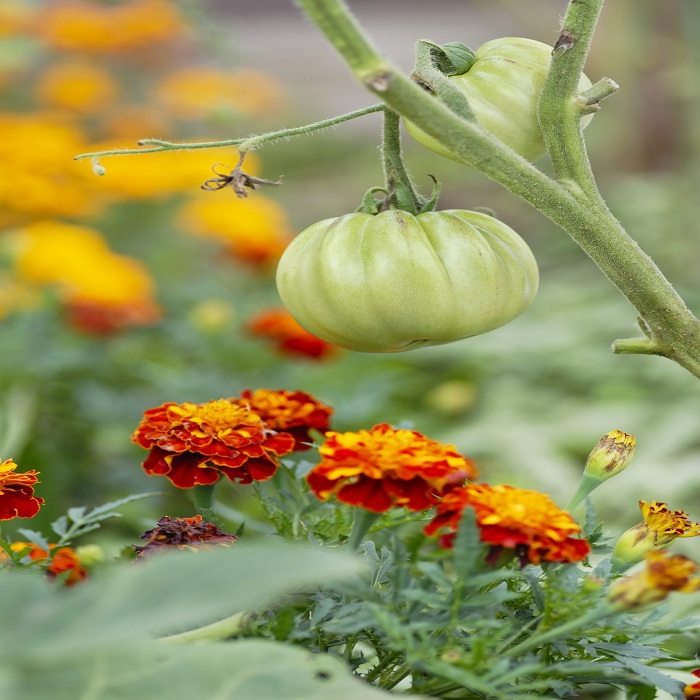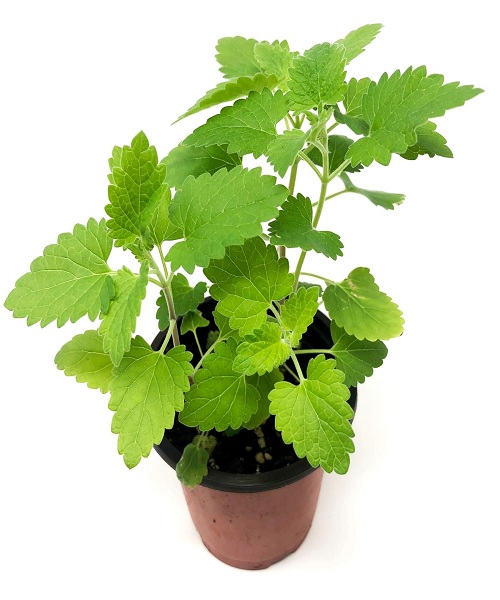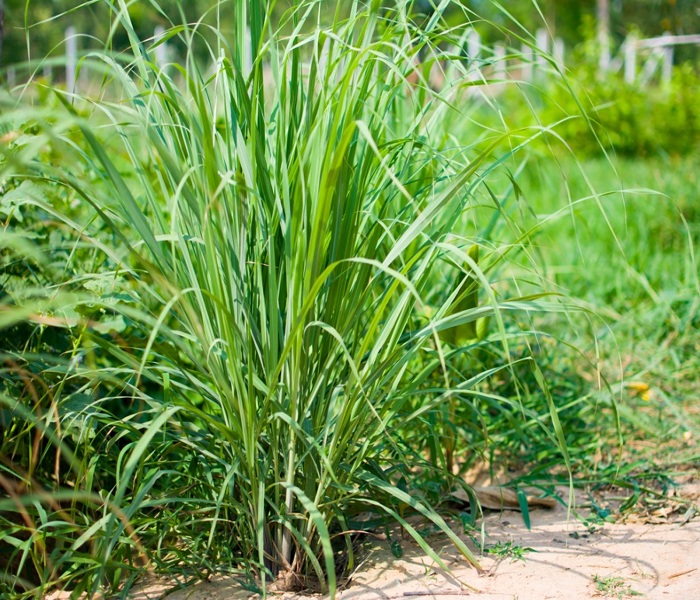Everyone could use a little less exposure to bugs, especially the biting, stinging, pantry-raiding variety. Getting rid of unwanted bugs in the home is an age-old challenge with a wide variety of answers.
Using pest-repellent plants to keep off pests and rodents is a preferred method of getting rid of them. The best part about employing plants to ward off pests is that it’s completely natural, so it does no harm and enhances the aesthetic value of your garden.
Which plants will keep away pests?
Lavender
It’s effective against mice, moths, and even beetles.
This lovely and useful perennial is hated by most insects and rodents. To keep pests at bay in your herb garden, all you need to do is plant lavender once and it will come back year after year.
For pest control, gather some lavender, dry it, and then hang it up in the house or make some herb sachets to tuck inside your drawers and cabinets.

Marigolds
The pungent smell of marigolds is well-known as an effective pest deterrent. Pests like squash bugs, tomato worms, and even mosquitoes are deterred by this plant.
Marigolds have been a staple in garden design for decades. Due to the high incidence of insect pests, they make a great companion plant for tomato and squash plants.
Some people have found that planting marigolds can prevent rabbits and deer from entering their gardens.
You may also grow marigolds outside your windows in window boxes to deter pests like flies and mosquitoes.
The seeds of marigolds take a very long time to germinate, so if you want to grow them from scratch this year, you should begin the process as early as possible.

Catnip
Catnip is quite popular among feline friends, but it is not enjoyed by many other animals. Catnip is a perennial plant related to mint. This crop will expand rapidly, so put it in containers or somewhere else you don’t mind it taking over.
One of the most effective natural insect repellents is catnip. To prevent being bitten by mosquitoes and other biting insects, try rubbing the leaves directly on your skin or incorporating them into a Homemade bug spray.

Garlic
Most insects have a strong aversion to the smell of garlic and will actively avoid any location where it has been grown. Aphids and other insects that feed on plant roots and tubers are the ones garlic works best to deter.
Planting garlic around the garden’s edge helps keep pests away, and once harvest time has passed, the bulbous veg is dug out and put to good use in the kitchen.

Chrysanthemums
As far as bug-deterring plants go, these are the best there are. Chrysanthemums are effective in warding off a wide variety of pests, including mites, lice, ants, beetles, ticks, roaches, and even bed bugs.
Chrysanthemums, or “mums,” make pyrethrin, which is a neurotoxin that keeps insects away. Beautiful in their own right, mums are an excellent insect deterrent when planted among vegetable garden plants.

Citronella grass
This grass (Cymbopogon nardus) contains citronella candles, which are traditional pest repellents.
To prevent pests like mosquitoes and flies, plant citronella grass near entryways.

Lemongrass
Lacking access to citronella grass? Replace it with lemongrass instead.
In many ways, lemongrass is equivalent to citronella, but it is more readily available in garden centers.
Keep in mind that lemongrass requires a large amount of room to grow. This mammoth has the potential to reach heights of 3 to 6 feet!

How to Use Plants to Deter Pests
- Surround your property with live plants :
There are many practical benefits to landscaping beyond its aesthetic value.
Plants that deter pests should be placed near their preferred food source. That may be in the backyard, around the chicken coop, or in the garden.
If you plant plants known to deter pests, you can utilize their leaves and blossoms to keep them away from other parts of your property as well.
- Use the leaves or blooms to make sachets, sprays, and infusions :
In order to create a portable insect repellent, you need to dehydrate the leaves and/or blossoms from plants known to ward off pests.
When it comes to keeping pests away, dried herbs and flowers may hold their own against their fresh counterparts. Whether making a wreath, a bouquet, or a window sachet, dried herbs are a versatile addition to any decorative scheme. Decorate your property with gorgeous lavender flowers to deter pests.
Fresh versions of these plants can be utilized in cooking as well. In order to protect themselves against mosquitoes, many people rub freshly collected leaves together in order to release the oils and then apply the mixture to their skin.
Oil infused with fresh leaves is another fantastic method to use; it may be applied topically or diffused throughout the home to deter pests.
A tincture can be made from fresh plants using either alcohol or vinegar. Put it in a spray bottle and you have instant DIY bug spray.
- Where should pest-repelling plants be planted?
It is crucial to arrange these plants in areas where you need to deter pests. Planting them around the outside or even inside the garden will help deter bug pests that are eating your plants.
Planting mosquito- and fly-repelling plants along the perimeter of your property and in containers and window boxes close to the house will alleviate the problem.
Some of these plants can even be kept in containers inside the house all through the winter to deter pests like mice and cockroaches.
The following are the best locations for pest repellent plants:
- Near the entrances on all sides
- On a patio or balcony, in containers
- Towards the edge of a deck or patio
- bordering or strewn across the vegetable garden
- under windows in flower pots
- Surrounding the chicken coop
- Indoors or outdoors, in pots


